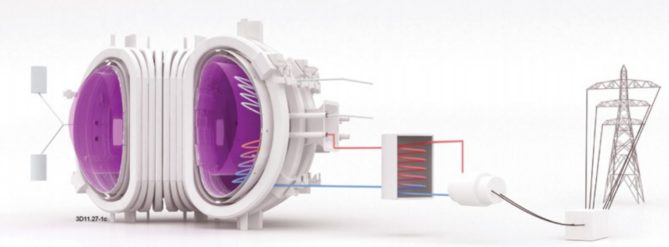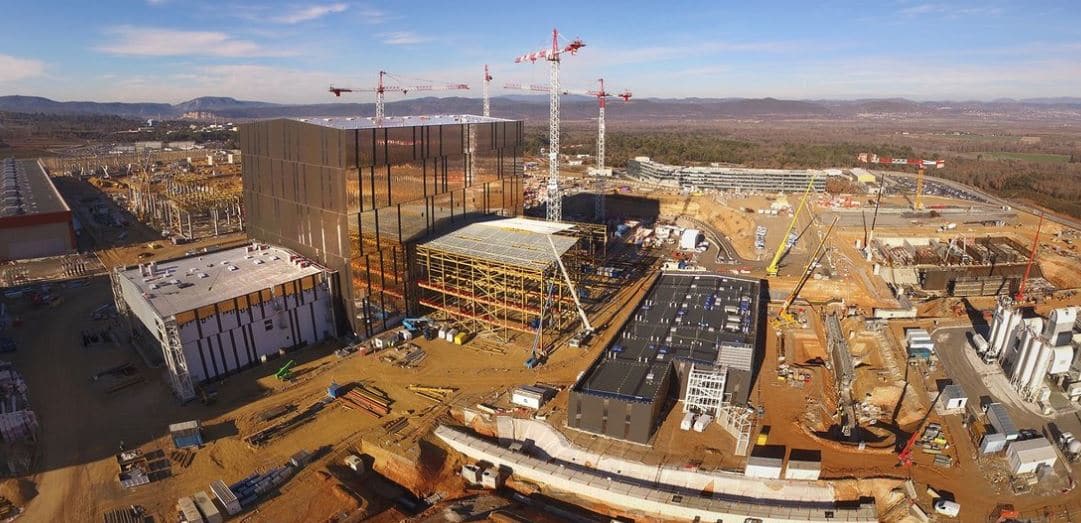-
Phone Number
-
Email Address
Is it possible to create an artificial sun?… Utopia or not, from then we must try and the reason is obvious, we need unlimited energy and which of course respects the environment to maintain an energy balance and stable in the face of excessive population growth worldwide.
The speed of growth is unstoppable, we have reached a such a critical point that we have gone from around 170 Millions of humans on Earth, to the billions of nowadays. Actually, we do reference each country with the number of inhabitants we would have a representative map like the next image.
Solutions from the energy perspective, many, some more viable than others, but there is one that stands out above the average, is the ITER project ( International Thermonuclear Experimental Reactor ) that has a greater ambition than conventional renewables .
In the south of France, the world's brightest scientists world unite their efforts since 2007 to develop the most important fusion reactor of the story . The Iter , which means “the way» in Latin. An international fusion project nuclear power plant whose objective is to create a new type of reactor capable of producing unlimited supplies of cheap electricity , clean, emission-free carbon, safe and sustainable from atomic fusion.
Remember the article about what to do with all the panels solar panels when they end their useful life... Recycling?
The idea is to reproduce the fusion process that occurs in the core of our Sun , when the nuclei of hydrogen collide, fusing into heavier atoms and releasing tremendous amounts of energy. In Iter, the reaction of fusion will be achieved in one device called Tokamak ITER that uses fields magnets to contain and control the plasma, which will heat to extremely high temperatures.

A million components, ten million pieces!… the Tokamak ITER will be the largest and most powerful device for fusion of the world . Designed to produce 500 MW of fusion power per 50 MW heat input (a power amp ratio of 10), it will occupy its place in history as the first fusion device in create net energy.
According to the project director…
Fusion, the nuclear reaction that powers the Sun and the stars, is a potential source of safe energy, not carbon emitting and virtually unlimited. Take advantage of Fusion energy is the goal of ITER , which has been conceived as the key experimental step between the today's fusion research machinery and the fusion power plants of tomorrow.
ITER members China, the European Union, India, Japan, Korea, Russia and the United States have entered into a collaboration 35 years to build and operate the device. This planned a research program in two decades during the which Members will share experimental results and the intellectual property generated.
But… What kind of nuclear waste will it produce? ITER and how much? The reactors Fusion, unlike fission reactors, do not produce high activity or long-lived radioactive waste. He The fuel "burned" in a fusion reactor is helium, a inert gas.
The activation produced on the surfaces of the material by fast neutrons will produce residues that are classified as waste of very low, low or medium activity. All the waste materials will be treated, packaged and stored on the site.
Because the half-life of most radioisotopes contained in this residue is less than ten years, in a period of 100 years the radioactivity of the materials will have decreased so significantly that the materials may be recycled for use (in other manufacturing plants) fusion, for example).
This 100-year calendar could be shortened for the future devices through continuous development of “low activation” materials, which is an important part of Fusion research and development in news.
The activation or contamination of the components of the named vessel, the vacuum vessel, the circuit of fuel, cooling system, equipment maintenance or buildings will produce about 30,000 tons of dismantling waste to be removed from the ITER scientific facility and will be processed.

The great problem of the Iter project is its enormous cost . It is currently estimated at 16,000 million euros, and has tripled since initial estimates of 2006. It is expected that the first supplies of Iter of commercially produced energy can begin in 2050 .
Creating a replica of the Sun on Earth, a dream very ambitious, but in which these scientists believe firmly.
We can find out more from the ITER Project (HERE) and from the European Union with its official page HERE.